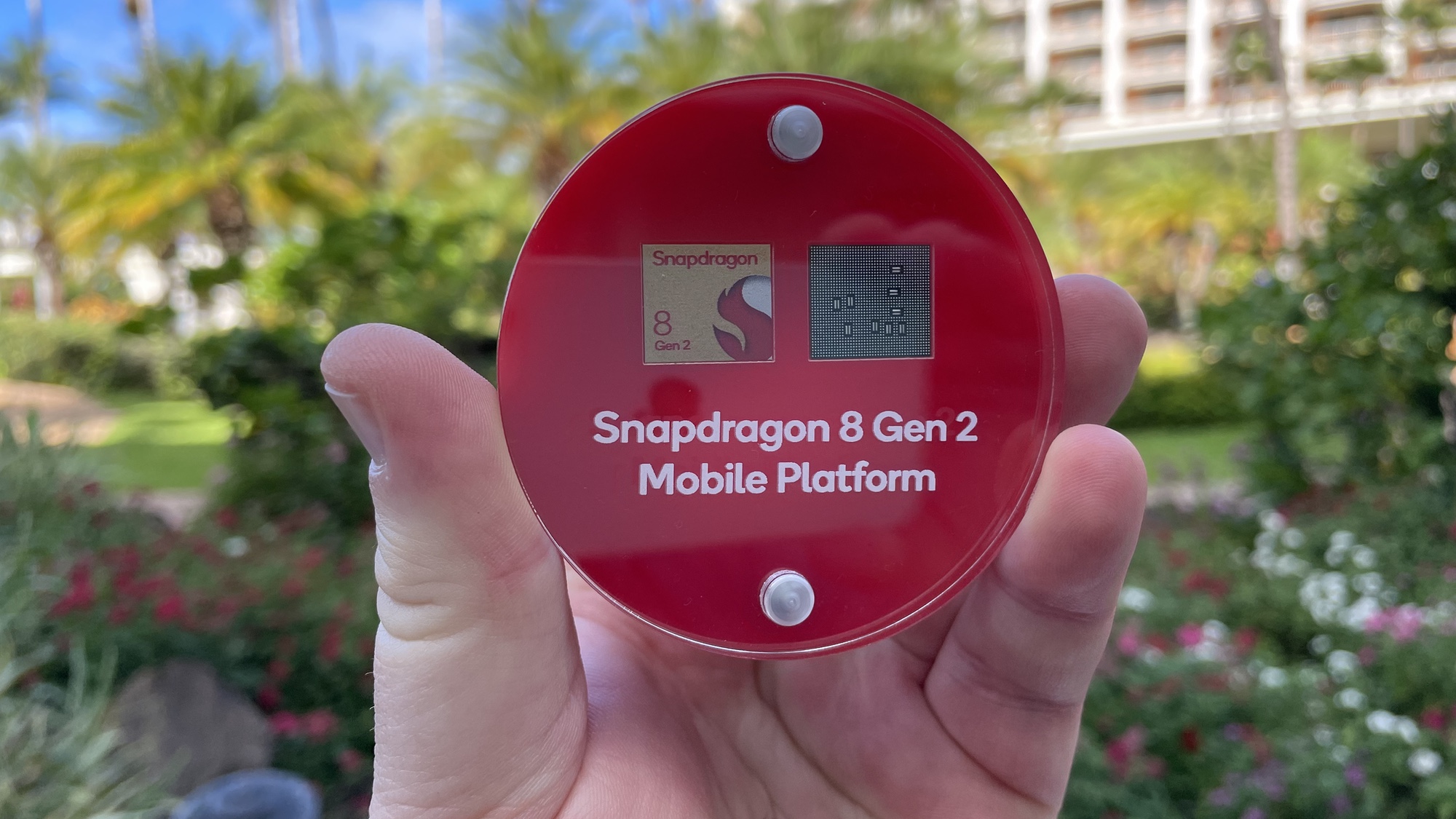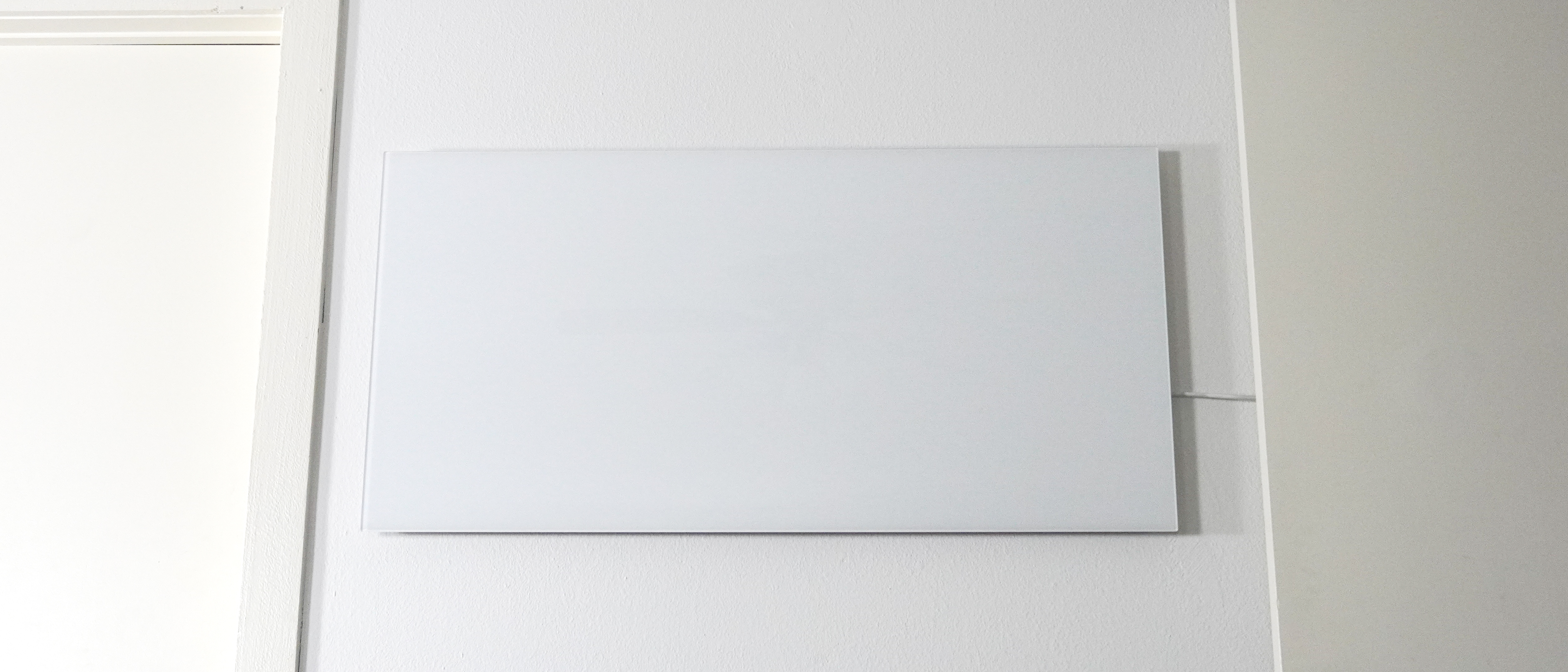Qualcomm’s iSIM could finally kill the physical SIM card — here’s how
Forget eSIM, Qualcomm is bringing iSIM to the best Android phones

Like it or not, the SIM card has an expiration date. Not only does the iPhone 14 forgo the physical SIM card in the United States, but a growing number of flagship phones have offered eSIM support for some time. Now Qualcomm’s new Integrated SIM (iSIM) technology looks to be nailing another nail into the SIM card’s proverbial coffin.
Qualcomm announced this move at MWC 2023 in Barcelona, with news that “the world’s first commercially deployable iSIM” has been certified for use on the Snapdragon 8 Gen 2 platform. In short, it’s another way for device makers to offer cellular network connectivity without the burden of physical SIM cards.
Integration in the Snapdragon 8 Gen 2 chipset means the SIM card functions are essentially taken on by the processor. That means there’s no need to find space for a SIM card tray, or even a standalone eSIM. On top of this, iSIM is said to use “significantly less power” than eSIMs.
Qualcomm claims that this space saving will help create more compact and cost-efficient devices, while also reducing the costs associated with the supply chain and manufacturing. Apparently the tech will work to this effect with smartphones, tablets and wearables.
Furthermore the chipmaker says that iSIM will “complement” existing SIM card and eSIM technology. In other words, it sounds like your phone will be able to support iSIM without sacrificing the availability of either SIM cards or eSIM.
Qualcomm says that the iSIM will be fully compliant with GSMA Remote SIM provisioning standard, like eSIM, and so subscriptions can be remotely managed through “any standard platforms." All while offering the same levels of security afforded by having a non-removable SIM built directly into the phone.
It’s not clear when we might see the first iSIM capable smartphones, but the fact deployable on the Snapdragon 8 Gen 2 platform suggests it may not be very long. That chip is, after all, already in use on the best Android phones. As for mass adoption, a report from Kaleido Intelligence claims that iSIM shipments could reach as high as 300 million by 2027.
Get instant access to breaking news, the hottest reviews, great deals and helpful tips.
Of course phone makers may have to push people into switching over, and ensure that local carriers will actually support iSIM over the more-established alternatives. Switching to iSIM likely won’t make a huge amount of difference to the everyday user, the benefits behind the scenes mean this could be an important thing.

Tom is the Tom's Guide's UK Phones Editor, tackling the latest smartphone news and vocally expressing his opinions about upcoming features or changes. It's long way from his days as editor of Gizmodo UK, when pretty much everything was on the table. He’s usually found trying to squeeze another giant Lego set onto the shelf, draining very large cups of coffee, or complaining about how terrible his Smart TV is.
